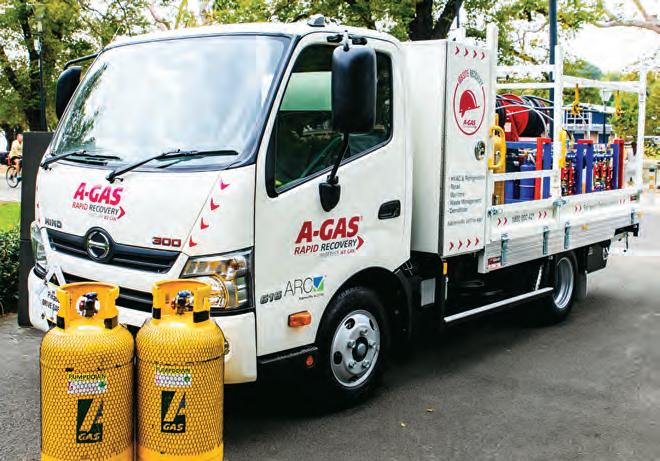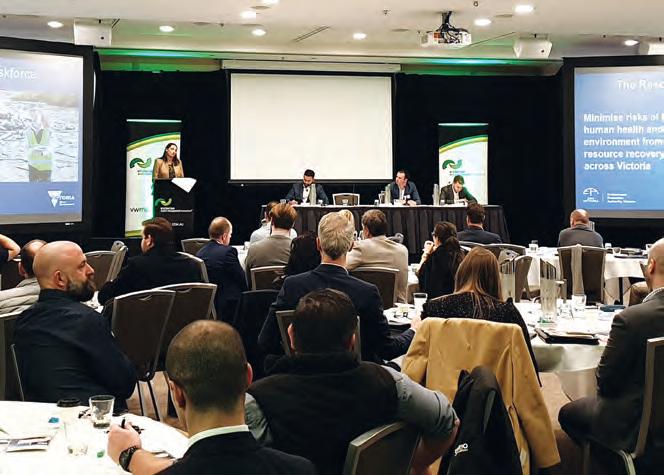UP FRONT
Growing the island state WASTE MANAGEMENT REVIEW EXPLORES TASMANIA’S NEW DRAFT WASTE ACTION PLAN AND INDUSTRY GROWTH OUTSIDE THE MAINLAND.
Tasmania is taking action on resource recovery with a waste levy and other plans.
T
asmanian resource recovery has traditionally fallen behind other states and territories, with a 2018 rate of 50 per cent. The state is home to a large industrial sector, and as such, it produces more waste than its population would suggest. Tasmania’s island geography creates further challenges, with the cost of transporting waste to the mainland for recovery making the process often unviable. The state’s new draft Waste Action Plan, released 29 June, has provided a framework of identifiable actions to tackle these issues and grow Tasmania’s waste and resource recovery sector. According to former Environment Minister Elise Archer, who held the portfolio when the plan was drafted,
22 / WMR / September 2019
the government’s commitment to a statewide waste levy and container deposit scheme (CDS) are the action plan’s cornerstones. Waste Management Review spoke with the state Department of Primary Industries, Parks, Water and Environment in August. According to a spokesperson for the department, the state government, waste industry, local business and broader community are all responsible for managing the waste Tasmania produces. “Our government understands it has an important role to play to help people make informed choices and support innovative waste and recycling initiatives,” the spokesperson says. “In response to some of Tasmania’s
most pressing waste issues, government has already acted through investing in controlled waste and tyre processing facilities and assisting the roll-out of national product stewardship schemes for e-waste, paint, tyres, batteries and packaging.” As new challenges and opportunities arise, Tasmania has recognised the need to take action. Core issues include finding ways to divert organic waste from landfill to reduce emissions, and helping councils and businesses adapt to recent restrictions on the importing of recyclable materials. “Shipping recyclables or recovered resources from Tasmania to end markets is a cost, and due to Tasmania’s population size and distance from markets, it can be challenging to find








